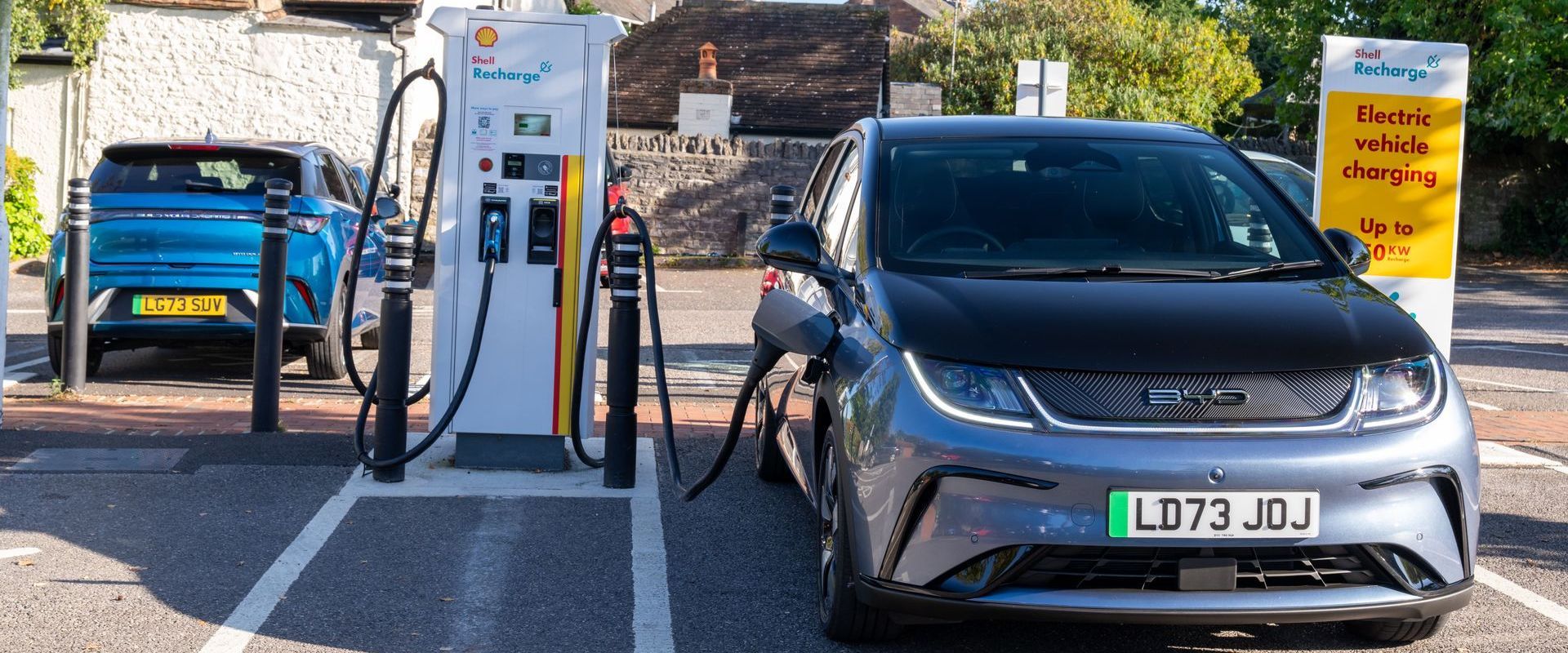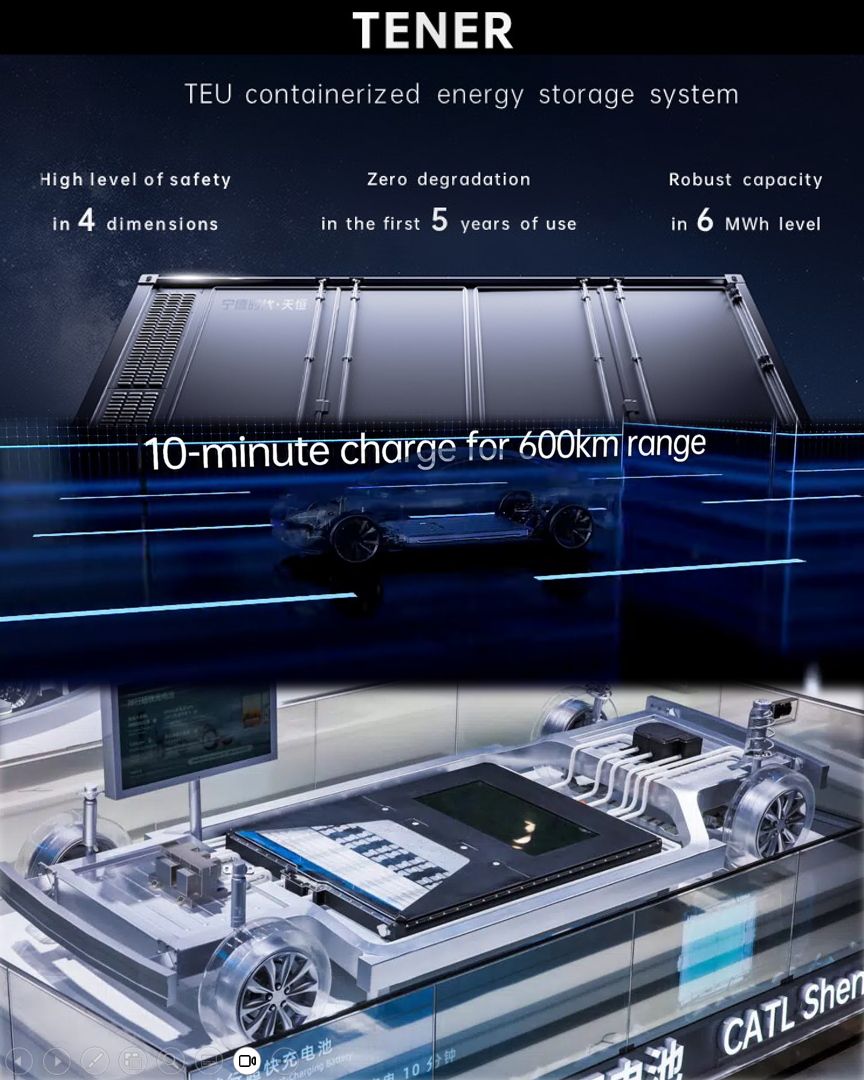A full recharge, please.
Charge your electric car as quickly as you refuel a combustion engine. At least, that's what BYD is promising.

BYD's new fast-charging system: revolution or threat to the power grid?
The Chinese electric car manufacturer BYD has unveiled its new “Super E-Platform,” a fast-charging system that is claimed to deliver enough power for up to 470 kilometers of range in just five minutes. With a peak output of up to 1,000 kilowatts (1 megawatt), BYD is setting new standards in ultra-fast charging.
Challenges posed by high power demand
However, this technology poses significant challenges. The high power requirements could place a heavy load on the existing power grid. For example, charging just 1,000 vehicles simultaneously with this technology would require 1.4 gigawatts of power—comparable to the capacity of a large power plant. Experts warn that this could overload the power grid, especially if the number of electric vehicles continues to grow.
Sepp Reitberger, editor-in-chief of EFAHRER.com, considers this assessment to be exaggerated. He argues that in real life, these high-performance charging stations will be equipped with buffer batteries to take some of the load off the grid. Plus, he thinks it's unrealistic to assume that lots of vehicles will be charging at the same time with 200 kW chargers, since there aren't that many stations like this. Reitberger sees greater challenges in simultaneous charging at home wall boxes during the evening hours. Here, measures such as throttling the charging power by grid operators or the use of variable electricity tariffs could help to control the grid load. In the long term, however, there is no way around expanding the infrastructure.
Alternative approaches: interchangeable battery systems
In view of these challenges, some manufacturers are turning to alternative solutions. Chinese manufacturer Nio, for example, is pursuing a battery swap system in which empty batteries can be exchanged for fully charged ones at special stations within a few minutes. This system reduces the load on the power grid, as the batteries can be charged independently of the vehicle. Nio already operates over 3,200 such swap stations in China and plans to expand this network further. To this end, it has founded the battery swap division NIO Power to drive forward the expansion of Power Swap Stations and cooperate with other manufacturers wherever possible. To this end, NIO is involved in the development of the draft standard E DIN EN IEC 62840-2 (VDE 0122-40-2), which specifies general safety requirements for battery replacement systems and stations for electric vehicles.
There are still only a few of these swap stations in Europe. According to the NIO Power website, there are currently 59 across Europe, 19 of which are in Germany, with the rest spread across Norway, Sweden, the Netherlands, and Belgium.
Conclusion
BYD's new fast-charging system could represent a significant step forward for electric mobility. However, the infrastructural challenges, particularly with regard to high power requirements, must be carefully addressed. Alternative approaches such as battery swap systems could help reduce the strain on the power grid and further increase the acceptance of electric vehicles.
While European manufacturers are closely monitoring developments in China, they are currently focusing on optimizing existing charging infrastructures and technologies. Direct competition with the advanced fast-charging or battery-swapping systems from BYD or NIO is not foreseeable in the short term.






